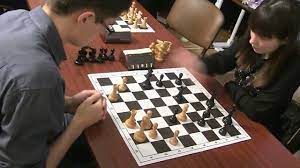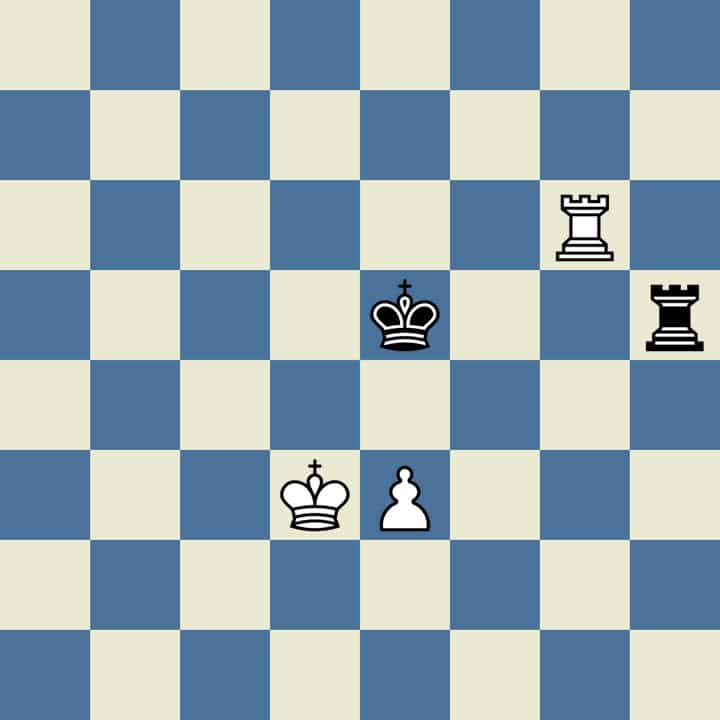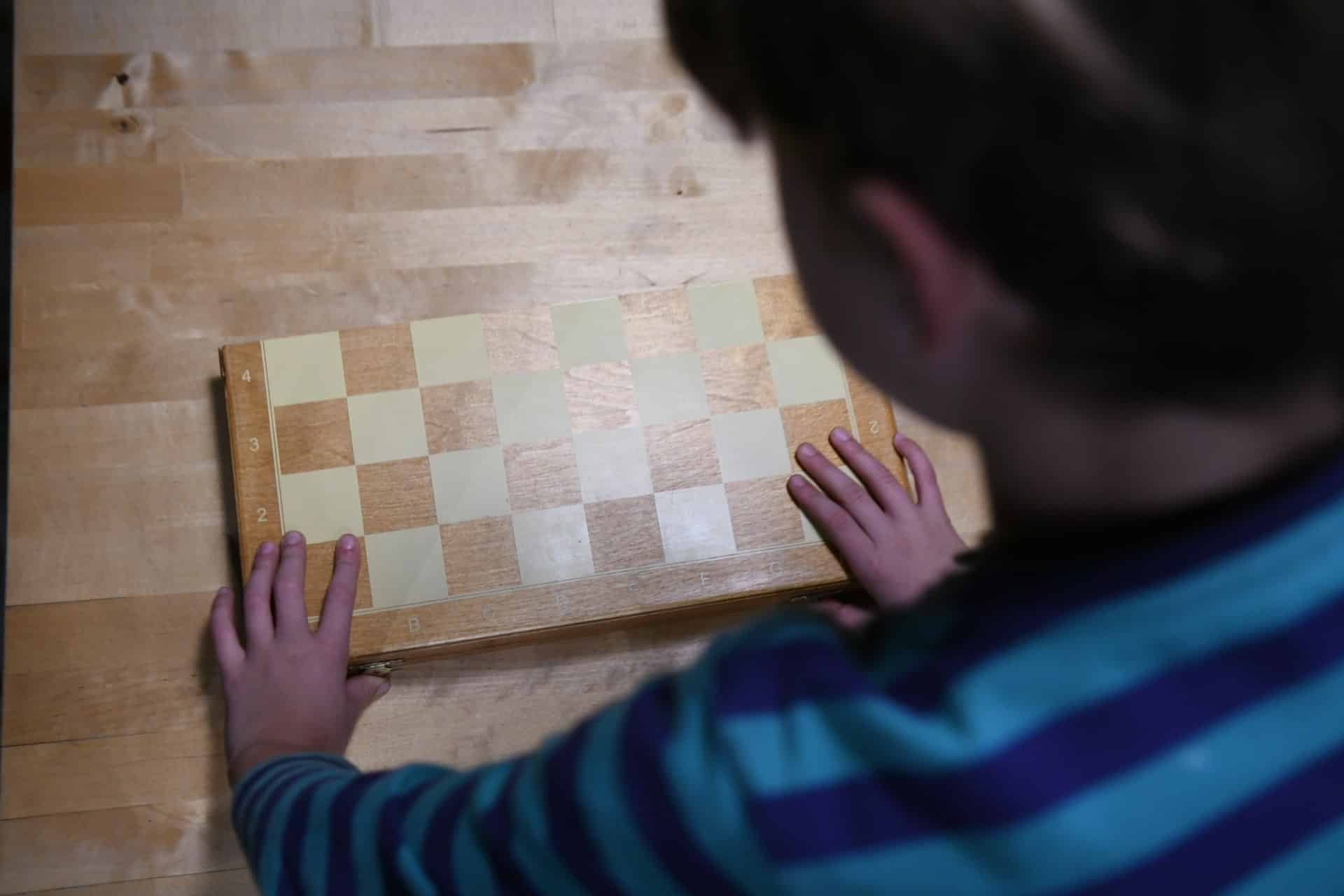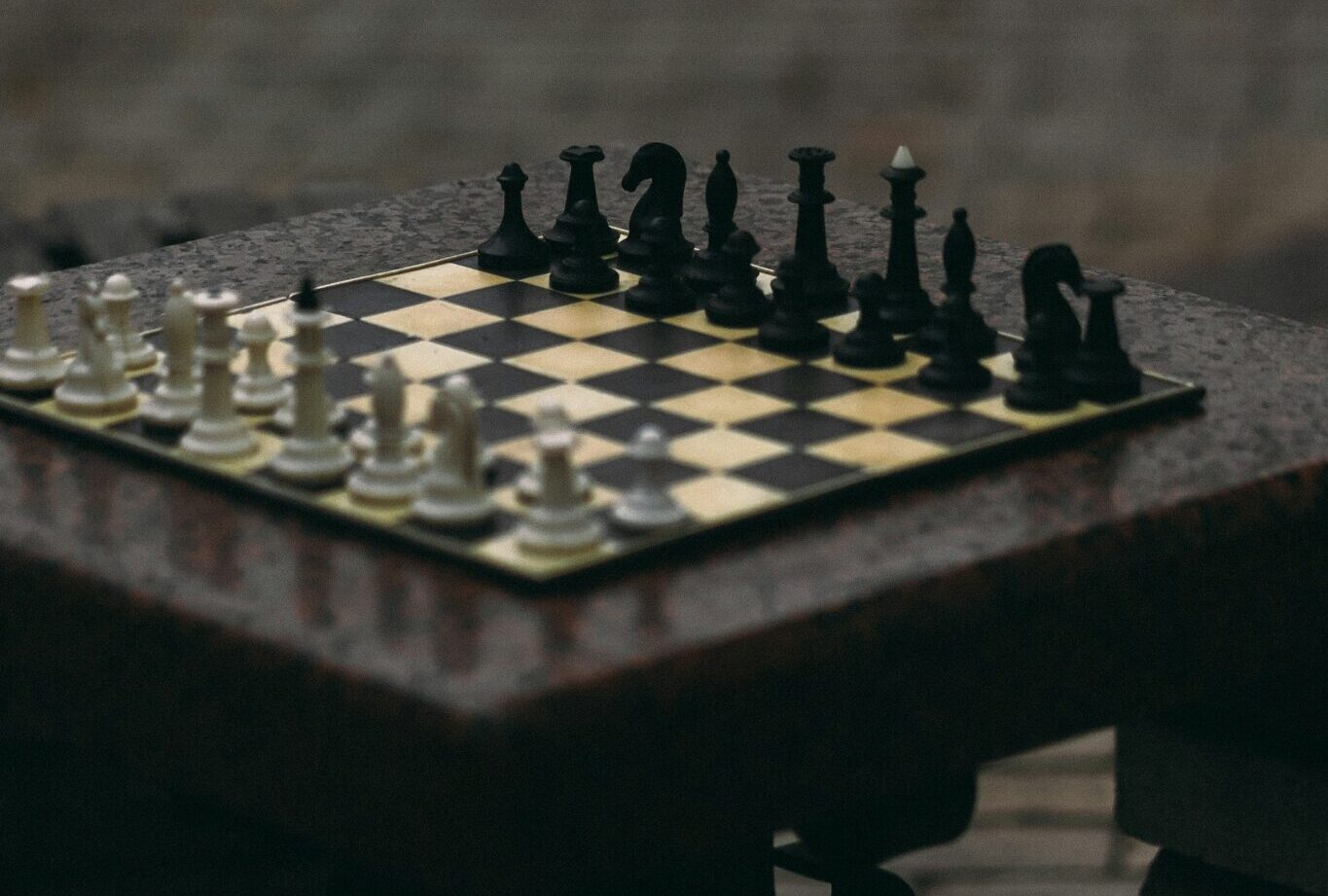The Chess 50 move rule is a fundamental rule in the game of Chess. It provides a way to end a game when there has been no progress for a long time. This rule is designed to prevent the game from going on forever, as it can in some cases.
The Chess 50 move rule states that if no pawns have been moved, no pieces have been captured and no check has been made in the past 50 moves, the game is declared a draw. If either player requests it, the game is stopped and scored as a draw.
Table of Contents
Chess 50 move rule
The Chess 50 move rule is an important part of the game and it is important to know it, especially for tournament players. Knowing when the rule applies is essential for any serious player, as it can affect the outcome of the game.
It is also important to understand that the Chess 50 move rule is not a rule to be exploited, but rather a rule that is designed to prevent long drawn out games. Knowing when and how to invoke the rule is an important part of becoming a good player.
Chess is a two-player board game where each side has 16 pieces. The goal of the game is to checkmate the opposing king. The 50 move rule in chess is an important regulation that applies when the same position is repeated for 50 moves. It states that a player can claim a draw if the same position has occurred three times, or if the same move has been made 50 times by each player without any pieces being taken.

By enforcing the chess 50 move rule, the game of chess is protected from players who attempt to prolong the game unnecessarily. This helps to ensure that the game is fair and enjoyable for both players. It also prevents the game from going on for too long, as games can sometimes last for hours.
The chess 50 move rule is especially important when considering that in some cases, a stalemate can occur. This is when neither player can checkmate the other, so the game ends in a draw. With the 50 move rule, this stalemate is avoided and the game can be resolved in a timely manner.
What is the 20 40 40 rule in chess?
The 20 40 40 rule in chess refers to the amount of time a player should allocate for each phase of the game. It is designed to help players improve their results. During each phase, the player should spend 20% of their time focusing on openings, 40% on the middlegame, and 40% on the endgame. By following this rule, players can ensure they are ready for each phase of the game.
The openings should be studied carefully, as they set the tone for the rest of the game. There are many different openings, and each player should choose the one that best suits their style of play.
During the middlegame, players should focus on tactics and strategies that will help them achieve an advantageous position. The endgame is the final phase of the game, and it can be the most difficult. Players need to use their knowledge of endgame strategies to win the game.
The 20 40 40 rule in chess can be a great tool for players of all levels. It can help beginners learn the basics of the game. More experienced players can use it to refine their skills and become better players. By following this rule, players can improve their overall ability and results.
Is there 16 step rule in chess?
No, there is no 16 step rule in chess. Chess is a complex game and it doesn't have a specific set of rules. Every game is unique and the moves can vary. There are some basic rules that you need to follow, like:
- You must move one of your pieces on each turn.
- You cannot move the same piece twice in a row.
- You must move a piece to an empty square.
- You cannot move a piece to a square occupied by one of your own pieces.
- You must capture your opponent's pieces when you can.
- You must make the best possible move.
However, there is no rule that requires players to make a certain number of moves. It all depends on the strategy of the players. Some moves may be more advantageous than others, but these decisions are left to the individual players.
Does the chess game end after 50 moves?
Chess is a popular board game played by two players. It is a game of strategy and has been around since the 15th century. The objective of the game is to checkmate your opponent’s king. To do this, both players must make moves to capture their opponent’s pieces to limit their movement.
The game of chess has no set number of moves, however, the 50 move rule states that if no pieces have been captured or pawns moved in the last 50 moves, the game is declared a draw.
This rule was introduced to prevent players from making an infinite number of moves without making progress in the game. The 50 move rule is part of the International Chess Federation's tournament rules and is used in professional competitions. In casual games, it is up to players to decide if they want to follow the chess 50 move rule or not.
In some tournaments, the chess 50 move rule can be overridden with a special agreement from both players. In this case, the game will continue until one player achieves checkmate. This agreement can be discussed prior to the start of the game and must be agreed upon by both players. However, it is important to note that most tournaments still adhere to the 50 move rule, so it is best to be familiar with this rule before playing in a competitive setting.
Does castling reset the 50 move rule?
Castling is a chess move that a king and rook can perform together. It involves the king moving two squares toward the rook, and the rook moving to the other side of the king. Castling resets the chess 50 move rule, which is a rule that states that if 50 consecutive moves have been made by both players without any pawns being moved or any pieces being captured, the game will be declared a draw.
Castling is considered a single move, rather than two separate moves for the king and the rook. This means that when a player castles, it does not count as two moves for the purpose of the chess 50 move rule. Therefore, castling does reset the 50 move rule.
It is important to note that castling is only allowed if the king and rook have not previously moved, the path between them is clear from any other pieces, and the king is not in check. If any of these conditions are not met, then castling is not allowed.
The Chess 50 move rule is an important aspect of the game. It reinforces the idea that a game can never be a draw if there is still a potential for a win. This rule increases the complexity and strategy of the game, making it more exciting for both players. It also encourages players to plan ahead and think of ways to make their moves count. Overall, the Chess 50 move rule is a great addition to the game, making it more dynamic and interesting.
The chess 50 move rule is a great way to ensure the game of chess is a fair and enjoyable experience for all. By taking moves into account, it ensures that the game is not drawn out forever and that there is always a potential to win in the end. It adds an extra layer of strategy and complexity to the game, making it more exciting and fun to play.
If you liked this post you should read about Soul food chess house.






